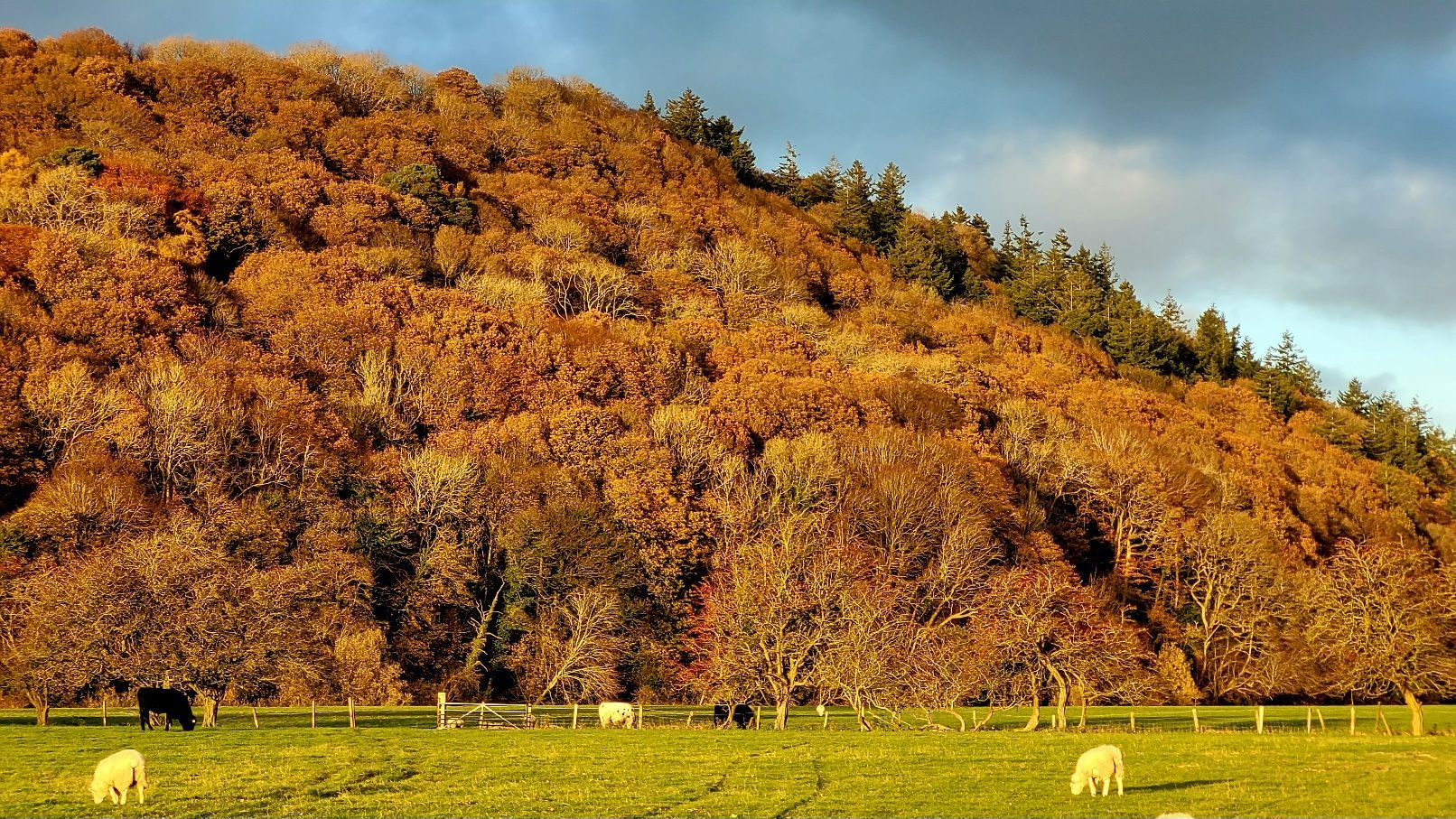Gait Barrows National Nature Reserve
Location Drawing In The Serenity Of Gait Barrows And Hawes Water

Situated in the heart of the Arnside and Silverdale Area Of Outstanding Natural Beauty, surrounded by peaceful meadows and dense woodlands, lies a breathtaking, unique, and important example of limestone pavement. When you enter the reserve through one of the stiles via the tranquility of Hawes Water - Lancashire's largest natural lake - you have also passed Little Hawes Water which lay hidden from all sides by trees. Glaciation has formed these over millennia. The AONB as a whole - one of the smallest of around forty-six such designated areas in the UK - is known for its micro-climate. Due to its position near the bay, it usually experiences warmer weather and often cooler summers. But the true micro-climate lay in such rocks as Gait Barrows, where the warm and moist conditions have allowed rare plants to grow and special trees to form at a much slower rate of growth than in other places.
In the Summer of 2018, during a heatwave lasting months, a forestry operation was undertaken allowing Hawes Water to rise and expand. This has altered one side of the lake and allowed previously unseen footpaths and a raised walkway to return to use, and the ashen grey of the East shore where a second raised platform once stood close to the water's edge will one day turn green with new growth. Now that the footpaths have reopened, it has once again become the most enjoyable route into Gait Barrows. On a sunny day in the height of Summer is when this place is perhaps best enjoyed. This is when the meadows are most alive with tall grass and rare flowers, and beyond this the pavement is seen at its most striking. When the sun shines directly on top of the limestone pavement you see the most spectacular effect as the light exposes the dark and shadowed spaces of the many thousands of grikes.

As you begin to explore the surface, taking care not to damage any of the fragile trees and plants or to lose your footing and get trapped in the grikes, you notice that they often exceed a few metres in depth, and the area around them is extremely smooth. When walking the lengthy 'yew tree trail' you get a few glimpses of the exposed rock surface. But deviating from this trail I uncovered a world of undulating pavement and baffling tree forms, mesmerised by the contrasting effect of smooth sunlit limestone and dark meandering grikes. Life forms now dwelling here include ancient dwarf ash trees, silver birch and yew trees, and differing species of fern grass, most of which began life deep in the fissures. The Victorians were so impressed with the aesthetics of this limestone pavement that they began to remove large chunks of it to be displayed in building work and gardens. You can see signs of this at various points in the reserve, but most of the pavement has been preserved since it was recognised for its national importance. There are other nearby places, including Warton Crag, where the pavement was partially removed.


Notable wildlife to look out for in this region include deer, rare butterflies and birds. When I was sketching the small tree I also watched a medium-sized gecko or lizard appear and then move in to one of the grikes.
Gait Barrows National Nature Reserve
- by Jordan Fadden
- •
- 11 Apr, 2019
- •
Location Drawing In The Serenity Of Gait Barrows And Hawes Water








